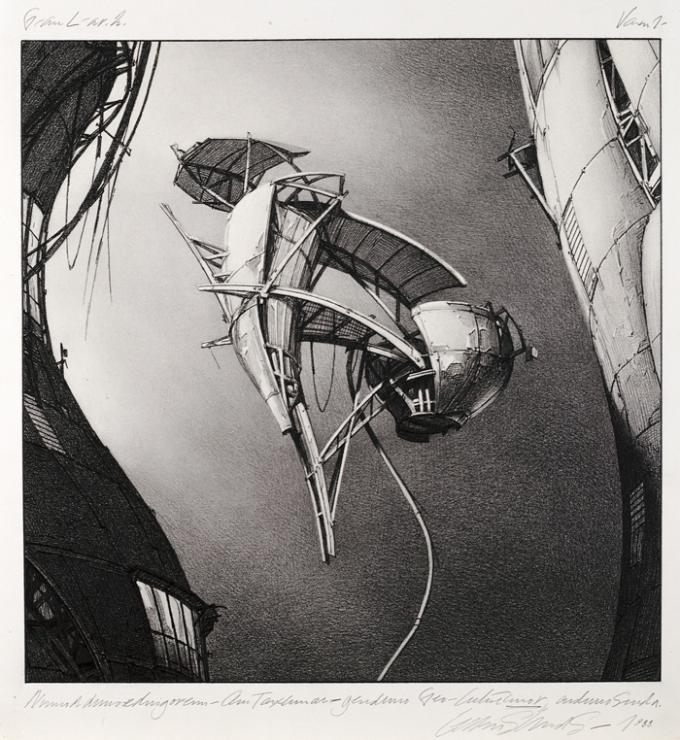I have a friend who’s an architect and we recently had an interesting conversation around the concept of community; online and off-line. Online communities extend to all areas of the world, filled with people that you’ve met over the years. LinkedIn and Facebook are excellent mediums for international connections as well as connecting with people in the next cube over. As for off-line communities, I personally have limited experience. I’ve always known my neighbors by sight only. I don’t go over for Christmas. I don’t talk to them on a regular basis. The relationships are cordial but there is no real connection. The question my friend and I asked one another, is; how does the rise of social media impact the architectural realm? How do things like transparency, sharing, etc translate into the built world?
With 1/4th of all people online having a Facebook account, the rise of social media is no less impactful than the cold war was upon the world and I’ve outlined some of the ways, I believe architecture will change.
Transparency – During the cold war era many skyscrapers with reflective windows were constructed, hiding what was inside. The metaphor was secrecy or privacy and now social media has shown us that there is no such thing as secrecy. We can know and in some cases do know, everything about our connections. Architecturally, the easiest impact to envision is those same windows except non-reflective, so everyone can see what’s going on. (Think of the meeting room called the aquarium at work. You can also see transparency in action at your local Starbucks with them touting who your Barista is.) With respect to online, the walls of business have already become paper thin with employees blogging and tweeting. Expect to see the continued evolution of architectural transparency with open floor plans and dynamic spaces that can be rearranged to handle any type of business function.
Sharing – The ability to convey sentiment to our friends at the click of a (Like) button is now common place and social augmented reality offers some opportunities for sharing but it’s not architectural. Sharing at the architectural/location level already exists with mechanisms like Foursquare where users can share their opinion of a meal or a particular waiter – you know how you are – Jeff. I imagine retails businesses will start to create spaces and put up large screens to publicly display social media such as tweets and checkins that promote the business or harangue the competition. Instead of relying on people to check reviews out in front of the store, businesses can push reviews to the forefront of the consumer consciousness by sharing them with everyone.
The wisdom of crowds -Crowdsourcing business models are springing up left and right. The corporate real estate landscape will forever be changed with many small businesses opting to have people work from home. Jetblue’s customer service works this way and has for a long time. Dependent on business model, and the fact that 30% of us are underemployed in the US, many of us may be starting our own business and/or working from home. This means that the concept of home office could be made more prevalent when designing homes. It also means that Starbucks should embrace this new model through store design as many people use their locations to meet or as an office.
Hyperlocalism – This up and coming online trend (my definition here) has actually been happening for many years in the architecture world. Belmar is just one example of this trend. It’s mixed-use design has retail businesses & restaurants on the ground level with residential space above. This creation of mixed-use neighborhoods, in the European sense, allows people to stay in the immediate area (neighborhood) while getting most everything they need. In many ways, this online trend is going to be catching up with the architectural trend. I’m very curious to see how this manifests itself online.
These are a few of examples of how the culture that social media has created may influence architecture. It’s easy to imagine many more. I smell a book!
The image included in this post is of a structure created by theoretical architect, Lebbeus Woods, for whom I have a profound respect for. He’s created some amazing items. If interested, search for his name on Google and then go to the images tab. Amazing creations!
Note: If you like this post, I did a follow-up on the impact of post-pc technology on residential architecture here.
